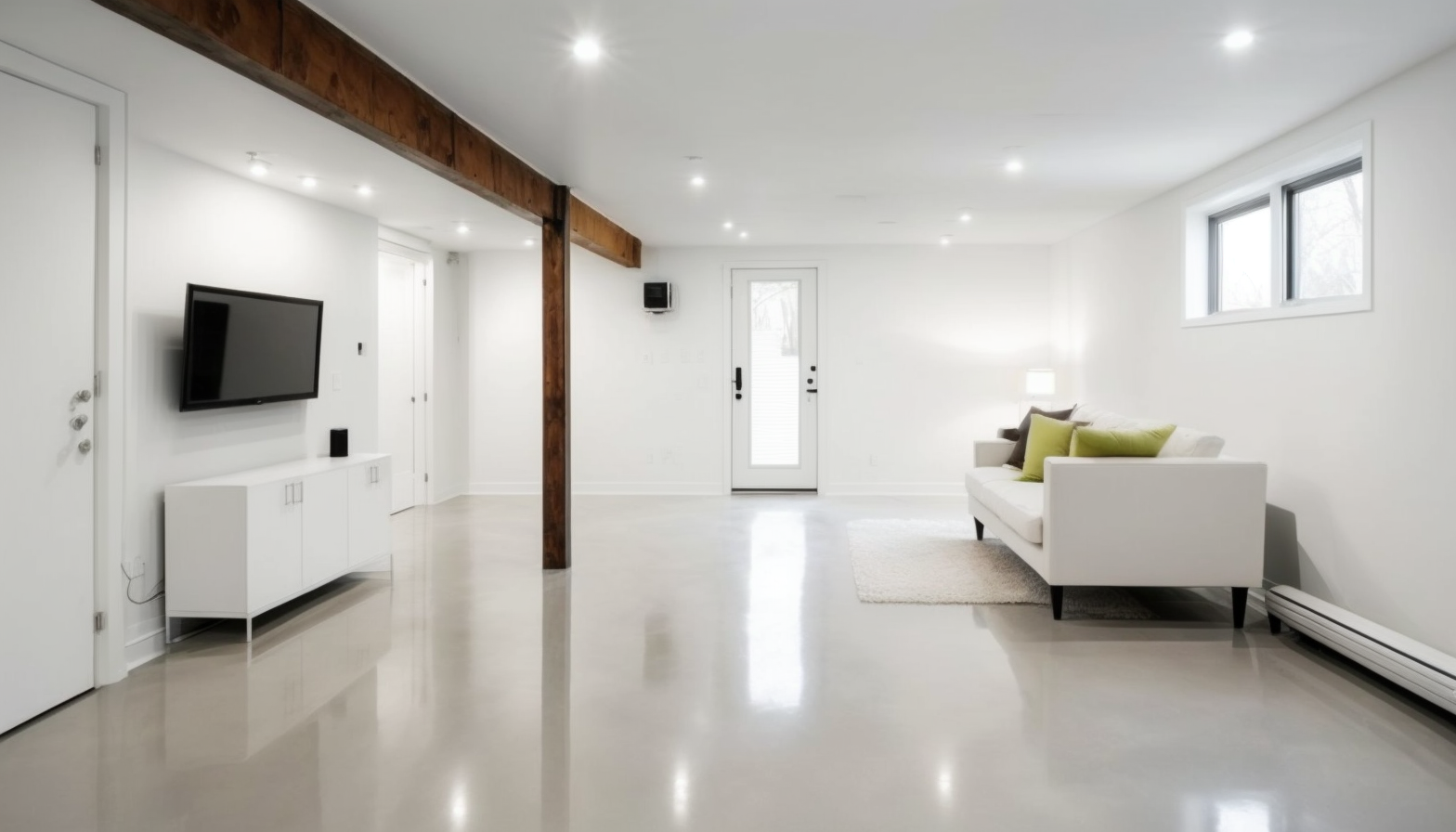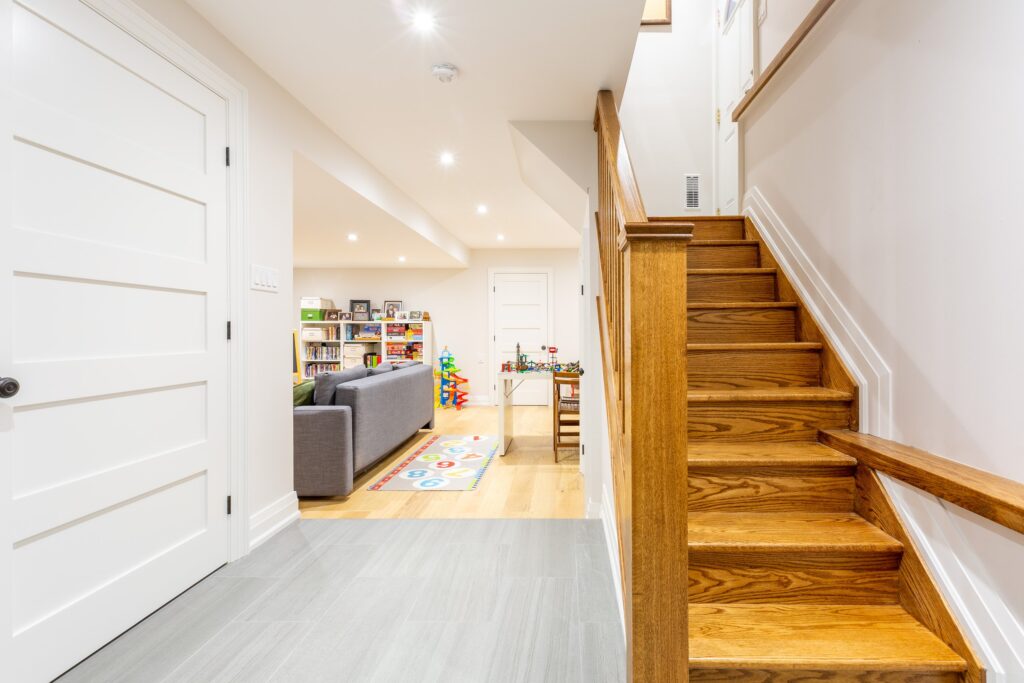Basement underpinning is a construction method employed to increase the depth of an existing basement, creating additional space and enhancing a property’s overall value. Whether you’re looking to create more livable space or stabilize a foundation that has experienced settling, basement underpinning offers a viable solution. However, like any construction project, it comes with costs that should be carefully considered. In this article, we will delve into the various factors that influence the cost of basement underpinning, the benefits it offers, and how to make an informed decision regarding this investment.
Understanding Basement Underpinning
Basement underpinning involves excavating beneath the existing foundation and extending it to a deeper level. This process effectively lowers the basement floor and creates additional ceiling height. Underpinning is commonly employed when homeowners want to transform their basements into functional living spaces or when a foundation requires reinforcement due to issues like settling, poor soil conditions, or structural instability.
Factors Influencing the Cost of Basement Underpinning
- Scope and Complexity of the Project: The extent of underpinning required greatly influences the cost. The more significant the depth increase and the larger the area underpinned, the higher the expenses. Complex projects that involve multiple steps or structural challenges may also incur higher costs.
- Foundation Material and Type: The type of foundation, whether it’s concrete, block, or stone, affects the cost. Some materials are more challenging to work with and may require specialized equipment, impacting the overall expenses.
- Access and Site Conditions: The ease of access to the work area and the existing site conditions can impact the cost. If the underpinning process requires navigating tight spaces, removing obstacles, or addressing challenging soil conditions, it can lead to higher labor and equipment costs.
- Permits and Regulations – obtaining the necessary permits and adhering to local building codes may add to the overall cost. Compliance with regulations ensures that the underpinning work is safe and up to standards.
- Engineering and Design Services – hiring engineers and architects to design the underpinning process and provide structural calculations is an essential step. These professionals ensure the safety and effectiveness of the project but can also contribute to the overall cost.
- Utilities and Services – relocating utilities such as plumbing, electrical lines, or HVAC systems that may be in the way of the underpinning work can add to the expenses.
- Finishing and Refinishing Costs – after underpinning, the basement may require additional work such as insulation, waterproofing, flooring, and finishing touches. These costs should be factored into the overall budget.

The Benefits of Basement Underpinning
- Increased Living Space – basement underpinning can transform an underutilized storage area into a functional living space, such as a bedroom, home office, entertainment room, or gym. This addition can significantly enhance the overall comfort and value of your home.
- Enhanced Property Value – by expanding the usable square footage of your home, you can potentially increase its resale value. A finished basement with proper underpinning demonstrates a commitment to quality and adds to the appeal of your property.
- Structural Stability – underpinning not only increases space but also reinforces the foundation’s structural integrity. This can be especially valuable if your foundation has experienced settling or if you live in an area with shifting soil.
- Customization and Flexibility – underpinning gives you the flexibility to design your basement according to your specific needs and preferences. You have the freedom to create a space that aligns with your lifestyle and vision.
- Energy Efficiency – a well-insulated and properly finished basement can contribute to improved energy efficiency throughout your home. With effective insulation and climate control, your basement can be a comfortable and energy-efficient living area.
Making an Informed Decision
When considering basement underpinning, it’s essential to make an informed decision that aligns with your goals and budget. Underpinning costs considerations & due diligence should include:
- Assessment and Consultation – begin by assessing your basement’s current condition and your intended use for the space. Consult with a structural engineer or basement underpinning specialist to determine if underpinning is the appropriate solution for your needs.
- Obtain Multiple Quotes – reach out to multiple contractors and obtain detailed quotes that outline the scope of work, materials, labor costs, and any additional expenses. This will help you compare prices and select a reputable contractor.
- Budgeting – develop a comprehensive budget that includes all associated costs, including engineering fees, permits, finishing work, and contingencies for unexpected expenses.
- Consider Long-Term Value – while the upfront costs of underpinning can be significant, consider the long-term value it can bring to your home. A well-executed underpinning project can increase property value and provide years of additional living space.
- Review Contracts and Agreements – before committing to a contractor, carefully review the terms of the contract. Ensure that all aspects of the project, including timelines, payment schedules, and warranties, are clearly outlined.
- Plan for Disruption – keep in mind that basement underpinning is a construction project that may disrupt your daily routine. Plan accordingly and communicate with your contractor to minimize inconvenience.
Basement underpinning like aquamasterplumbing offers homeowners the opportunity to maximize their living space, enhance property value, and reinforce the structural integrity of their homes. While the costs associated with basement underpinning can be significant, the benefits it provides in terms of increased space, customizability, and long-term value often outweigh the initial investment. By carefully considering the factors that influence the cost, obtaining multiple quotes, and working with experienced professionals, you can embark on a basement underpinning project that transforms your living environment and adds lasting value to your property.






